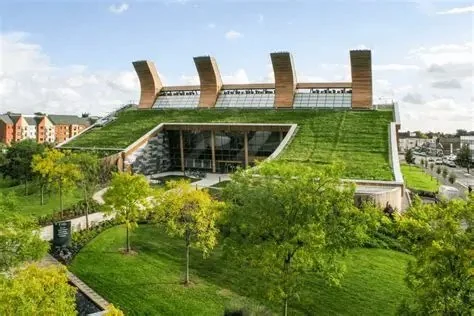
How to Choose a Roofing Material for a Building with a Green Roof System
- 1-Why Roofing Material Matters for Green Roofs
- 2-Best Roofing Materials for Green Roof Systems
- 3-Key Considerations When Choosing Roofing Materials
- 4-How to Ensure Proper Installation for Longevity
- 5-Maintenance Tips for Green Roofs and Their Roofing Materials
When incorporating a green roof into your building design, selecting the right roofing material is crucial for the long-term success of the system. Green roofs provide environmental benefits, but they also require specific conditions for water retention, durability, and insulation. Choosing the appropriate roofing material will ensure that your green roof functions optimally while also offering durability, aesthetic appeal, and sustainability.
2-Best Roofing Materials for Green Roof Systems
Not all roofing materials are compatible with green roofs, so it's essential to select materials that support the needs of a living roof. Here are some of the best roofing options for buildings with green roof systems:
- EPDM (Ethylene Propylene Diene Monomer): A popular choice for green roofs due to its waterproof qualities, EPDM is flexible, durable, and offers excellent resistance to UV rays, which is critical for maintaining the integrity of a green roof system.
- Modified Bitumen: Known for its durability, modified bitumen is often used in green roofs because it offers waterproofing capabilities and can withstand the added weight of a green roof system.
- Thermoplastic Polyolefin (TPO): TPO is another durable and flexible option for green roofs. It's known for its ability to reflect UV rays, making it an eco-friendly choice that supports sustainable roofing practices.
- Metal Roofing: Some metal roofing systems, particularly standing seam, are well-suited for green roofs as they provide a strong, weather-resistant surface for plants and soil retention. However, they should be combined with a proper waterproof membrane.
- Concrete or Clay Tiles: While not always used as a primary roofing material for green roofs, concrete and clay tiles can be part of a multi-layered system to create a solid base for vegetation, especially when combined with drainage layers and waterproof membranes.
3-Key Considerations When Choosing Roofing Materials
Several factors should be taken into account when selecting the roofing material for a building with a green roof system. These include:
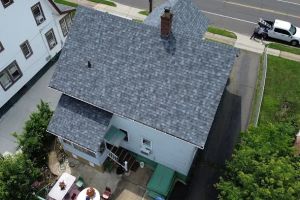
EverPeak Home Improvement
FarmingtonCapitol Planning RegionConnecticut
1053 Farmington Ave, Farmington, CT 06032, USA
Waterproofing
A green roof system must be designed to retain water without causing leaks or structural damage to the building. Ensure that the roofing material you choose provides adequate waterproofing and works seamlessly with the green roof’s drainage system.
Weight Resistance
Green roofs are heavy, particularly when fully saturated with water. The roofing material should be able to support this weight over the long term without compromising the building's structural integrity.
Durability and Longevity
Choose a material that can withstand harsh environmental conditions such as UV exposure, temperature fluctuations, and the weight of soil and plants. Durability is essential to avoid frequent repairs and replacements.
Environmental Impact
Eco-friendly roofing materials are ideal for green roofs because they align with the sustainability goals of these systems. Look for materials with low environmental impact, such as those made from recycled or renewable resources.
4-How to Ensure Proper Installation for Longevity
Proper installation is crucial to the success of your green roof system. Here's how to ensure your roofing material is installed correctly:
- Professional Installation: Hire experienced contractors familiar with green roofs to ensure proper installation and waterproofing.
- Layering: The roofing system should include a waterproof membrane, a root barrier, a drainage layer, and a growing medium for plants. Each layer must be installed according to manufacturer specifications.
- Structural Support: Make sure the building structure can handle the weight of the green roof, including additional layers of soil and vegetation.
5-Maintenance Tips for Green Roofs and Their Roofing Materials
Green roofs require regular maintenance to remain functional and extend their lifespan. Here are some maintenance tips:
- Regular Inspections: Check for signs of water pooling, leaks, or damaged membranes that could compromise the integrity of the roof.
- Drainage System: Ensure that the drainage system is free of debris and functioning properly to prevent water buildup and potential damage to the building.
- Vegetation Care: Maintain the plants on your green roof by trimming, watering, and replacing any plants that may have withered or died.
- Cleaning: Clean the roof periodically to remove leaves, dirt, and other debris that could clog the drainage system and hinder plant growth.
Choosing the right roofing material for a building with a green roof system is essential for ensuring its functionality, longevity, and environmental impact. For more advice on selecting the best materials and ensuring proper installation, visit BeachCo Roofing Hub, where you can find a range of products and services tailored to your green roof needs.


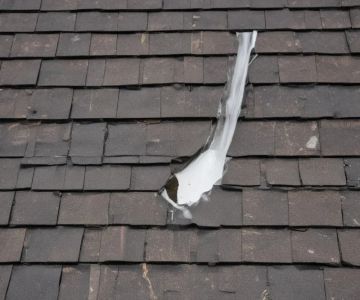
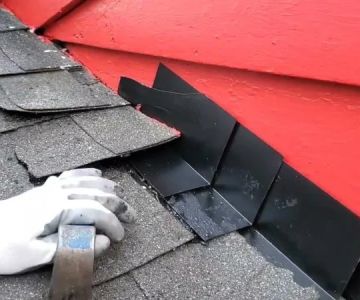
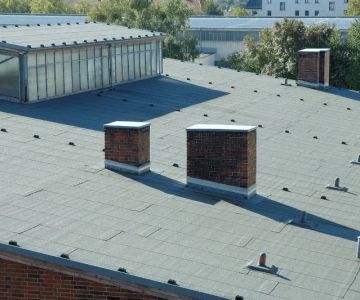
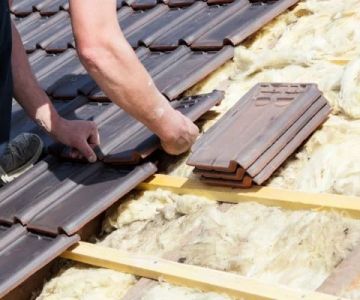

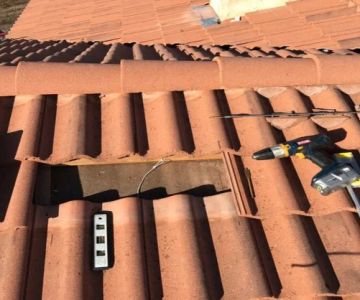
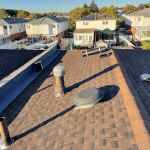 Shane Walters construction Inc.5.0 (7 reviews)
Shane Walters construction Inc.5.0 (7 reviews)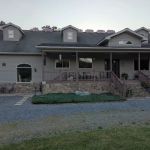 Modern Renovations LLC Roofing4.0 (206 reviews)
Modern Renovations LLC Roofing4.0 (206 reviews)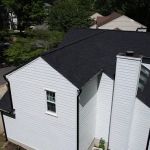 RoofER5.0 (110 reviews)
RoofER5.0 (110 reviews)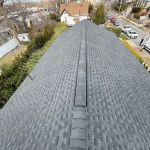 6D Roof Repair & Installation5.0 (335 reviews)
6D Roof Repair & Installation5.0 (335 reviews)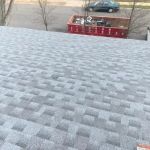 NJ Commercial Roofing5.0 (24 reviews)
NJ Commercial Roofing5.0 (24 reviews) Royal Roofing & Siding - Long Island5.0 (12 reviews)
Royal Roofing & Siding - Long Island5.0 (12 reviews)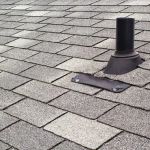 How to Install Roof Vents on a House with a Finished Attic – A Step-by-Step Guide
How to Install Roof Vents on a House with a Finished Attic – A Step-by-Step Guide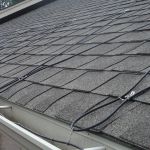 How to Install Roof Heat Cable on a Metal Roof to Prevent Ice
How to Install Roof Heat Cable on a Metal Roof to Prevent Ice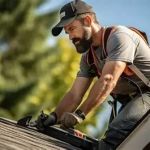 How to Choose a Roofing Contractor That Handles Permits and Inspections
How to Choose a Roofing Contractor That Handles Permits and Inspections How to Install a Roof Cricket Behind a Rooftop Mechanical Screen: A Step-by-Step Guide
How to Install a Roof Cricket Behind a Rooftop Mechanical Screen: A Step-by-Step Guide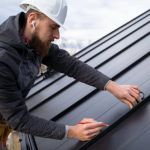 The Benefits of a Roofing Manufacturer's Approved Installer Program
The Benefits of a Roofing Manufacturer's Approved Installer Program How to Install Roof Flashing on a Complex Roof with Multiple Pitches
How to Install Roof Flashing on a Complex Roof with Multiple Pitches